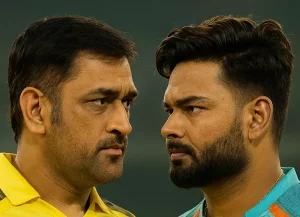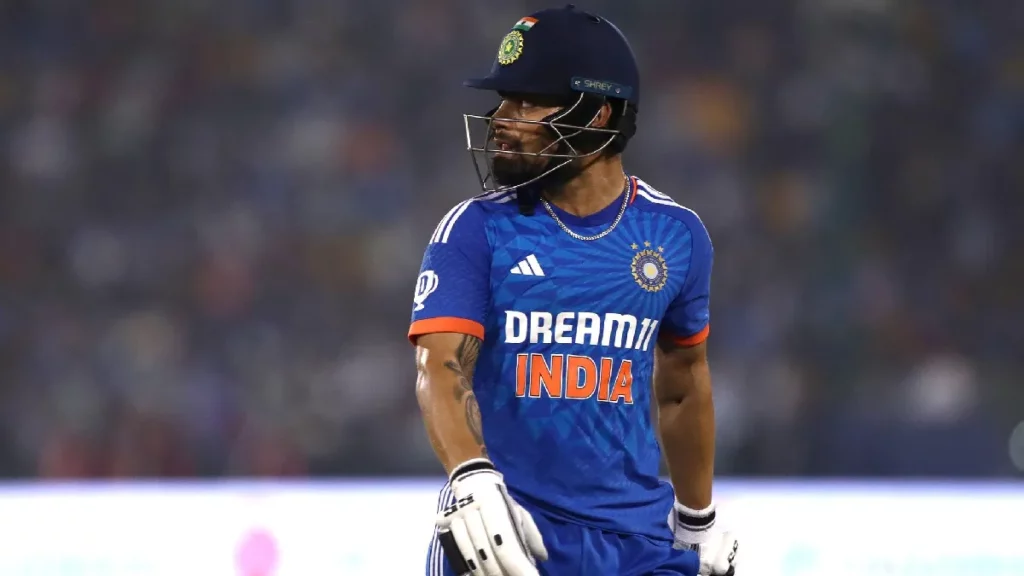On December 17, India, playing their first One-Day International (ODI) match after their devastating 2023 World Cup final loss to Australia, took the field against South Africa and were ahead from the first ball.
India swept home by eight wickets in the 17th over to grab a 1-0 lead in the three-match series after bowling out the hosts for a pitiful 116. Shreyas Iyer scored an aggressive 45 from 45 balls, including six fours and a six, to carry over his stellar World Cup ODI form.
Yet, with the two-Test series looming, Iyer joins the red-ball group for a three-day inter-squad match. While initially named in all three ODI squads, the 29-year-old was released to ready for Tests.
Rajat Patidar and Rinku Singh might make their ODI debuts as a result, since they are the only remaining batters apart from those from the first game. It might be a difficult choice for the think tank to choose between the two batsmen who have strong arguments to be in the starting lineup for the second ODI in Gqeberha.
Here, we look at the numerous elements that might influence the decision between Rajat Patidar and Rinku Singh.
1. Better fit

Given that Shreyas Iyer played at No. 3 in the first ODI against South Africa, India might play Rajat Patidar to keep the rest of the batting order intact.
Patidar batted at Nos. 3 and 4 for Madhya Pradesh in the recent Vijay Hazare Trophy, and he is most suited to the one-drop position. Meanwhile, Rinku Singh has excelled as a finisher for the Kolkata Knight Riders (KKR) and Team India in this year’s shortest format.
Replacing Iyer with Patidar also assures that a right-hander stays at No.3, with left-handed hitters Sai Sudharsan and Tilak Varma on each side.
With Rinku Singh at No.6 and Tilak Varma, KL Rahul, and Sanju Samson moving up to 3, 4, and 5, it is conceivable to establish a reasonable fit. However, Team India may be better suited keeping things stable and playing Patidar as a direct replacement for Iyer.
2. Current form
Despite Rajat Patidar’s amazing comeback from an Achilles heel injury, Rinku Singh’s present form is difficult to overlook.
To Patidar’s credit, he led Madhya Pradesh with 315 runs. His average stood at 52.50 with a 104.30 strike rate. In four matches out of six, he posted half-centuries.
However, Rinku’s form makes him hard to overlook. The 26-year-old took to international cricket smoothly, excelling in Ireland, the Asian Games, and against Australia at home. Under pressure, he delivered valuable knocks.
Rinku Singh bolstered his white-ball skills even more with a spectacular 68* off 39 deliveries in his debut international game in South Africa during the second T20I.
Rinku Singh’s current run of form is difficult to miss during selection for the second ODI, with a batting average of over 65 and a strike rate of 180.68 in 12 T20Is.
3. Cricketing logic and intangibles
The term “two things can be true” sums up the scenario with Rajat Patidar and Rinku Singh well. Following a hierarchy is one of the unwritten principles of choices, although in this situation, it may work either way.
Since Rinku Singh is the only player who has already represented India, albeit in T20Is, he ought to have the first opportunity. Although Patidar did not feature in a single match, he did obtain his maiden national call-up for the home ODI series against South Africa last year.
Patidar’s international debut in South Africa is an intangible example that might go either way. One school of thinking may be: why pick him in the squad if he isn’t in the starting XI? The other consideration is whether it is appropriate to make a debut amid possibly foreign settings in South Africa.
The location of the second ODI might also prove decisive, with Rinku Singh striking a half-century in the second T20I at Gqeberha.
To summarize, team management must consider the aforementioned elements sensibly and make the difficult decision appropriately.




